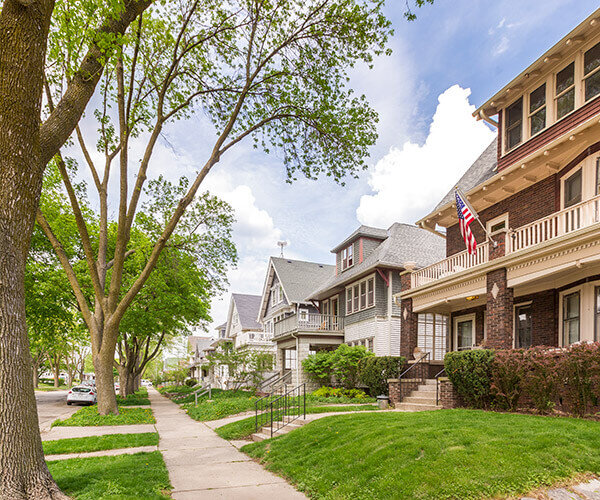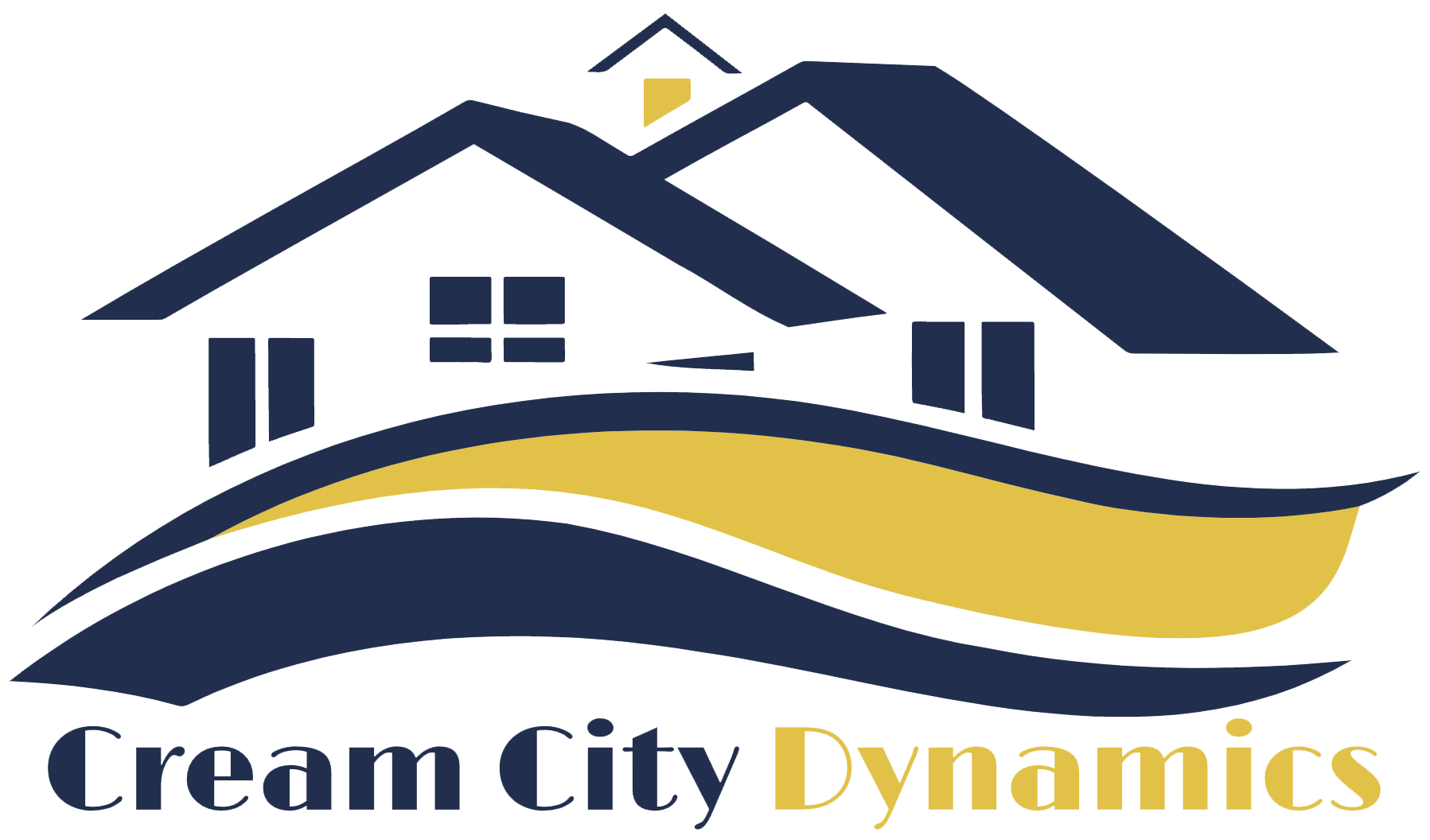
Are you a Milwaukee landlord grappling with tenant sub-lease requests? 🏠 You’re not alone. The rising trend of sub-leasing has left many property owners feeling overwhelmed and uncertain about how to proceed. But fear not! Handling tenant sub-lease requests doesn’t have to be a headache. Understanding and managing sub-lease requests effectively can make a significant difference in your rental experience.
Imagine having a clear, foolproof system for handling these requests – one that protects your interests while keeping your tenants happy. It’s not just a dream; it’s entirely achievable with the right knowledge and strategies. In this comprehensive guide, we’ll walk you through everything you need to know about handling tenant sub-lease requests in Milwaukee, from understanding local regulations to implementing ironclad agreements.
Get ready to dive into the essentials of sub-leasing, including evaluating requests, crafting policies, and managing ongoing situations. By the end of this post, you’ll be equipped with the tools and confidence to navigate the complex world of sub-leasing like a pro. Let’s get started!
Understanding Tenant Sub-Lease Requests
Legal definitions of sub-leasing in Milwaukee
In Milwaukee, sub-leasing is a legal arrangement where the original tenant (sublessor) rents out all or part of their rented property to another person (sublessee), while still maintaining the original lease agreement with the landlord. The original tenant remains responsible for the lease terms, including paying rent and ensuring the property is well-maintained. The sublessee, on the other hand, occupies the property under the terms set by the sublessor.
This practice is governed by both Wisconsin state law and local Milwaukee ordinances, which establish specific rights and responsibilities for all parties involved. These laws ensure that the original lease agreement is honored and that both the landlord and tenant are protected. It’s important for both the sublessor and sublessee to fully understand the terms of the sub-lease, as well as any legal obligations set forth by the landlord, to avoid potential disputes.
Common reasons tenants request sub-leases
Tenants often seek sub-lease arrangements for various reasons. These may include temporary job relocations, extended vacations, financial difficulties, or changes in personal circumstances. Students might request sub-leases during summer breaks or study abroad programs. Some tenants may also consider sub-leasing to offset rising rental costs in Milwaukee’s competitive housing market.
Benefits and risks for landlords
Sub-leasing can offer landlords both advantages and potential drawbacks. On the positive side, it can ensure continued rental income and property occupancy, especially during challenging economic times. However, landlords must weigh these benefits against risks such as property damage, violation of lease terms by subtenants, or complications in the eviction process if issues arise. Understanding these factors is crucial for landlords in Milwaukee when considering sub-lease requests.
Now that we’ve explored the basics of tenant sub-lease requests, let’s examine Milwaukee’s specific regulations governing this practice.
Milwaukee’s Regulations on Sub-Leasing
Local laws governing sub-leases
In Milwaukee, sub-leasing is subject to specific local regulations that both landlords and tenants must follow. The city’s municipal code clearly outlines the requirements for sub-lease agreements, ensuring that the rights of both parties are protected throughout the process. For landlords, it is essential to familiarize themselves with these regulations to avoid potential legal issues down the road. By understanding the rules, such as the necessary documentation and approval processes for sub-leasing, landlords can prevent disputes and ensure that all sub-leases are handled properly. This proactive approach helps protect the integrity of the rental property and supports a fair and transparent relationship between all involved parties.
Required documentation for sub-lease agreements
Sub-lease agreements in Milwaukee must be in writing to ensure both clarity and legal enforceability. A properly written sub-lease should include important details such as the names of all parties involved, including the original tenant, the sub-tenant, and the landlord or property manager. It should also clearly state the property address, the lease duration, including the start and end dates, as well as any renewal or termination conditions. Additionally, the rent amount must be specified along with the payment schedule, ensuring that both the sub-tenant and the landlord are on the same page about the financial terms.
Landlords may also request that the sub-tenant complete a rental application to ensure they meet certain financial standards. This might include providing proof of income or undergoing a credit check. These steps help landlords protect their investment and ensure that the sub-tenant is capable of fulfilling their financial obligations.
By having a well-drafted sub-lease agreement that includes all these important elements, both the landlord and the sub-tenant can avoid potential issues and ensure a smoother rental experience.
Tenant and landlord rights in sub-lease situations
Milwaukee law grants both tenants and landlords specific rights in sub-lease situations. Tenants generally have the right to sub-lease their rental unit, subject to landlord approval. Landlords, on the other hand, have the right to screen potential sub-tenants and reject those who do not meet their criteria. It’s crucial for both parties to understand these rights to maintain a harmonious landlord-tenant relationship.
Potential penalties for non-compliance
Failing to comply with Milwaukee’s sub-leasing regulations can result in significant penalties. Landlords may face fines or legal action for violating tenant rights, while tenants who sub-lease without proper authorization risk eviction. To avoid these consequences, both parties should ensure all sub-lease arrangements are properly documented and follow local laws.

Conclusion
Handling tenant sub-lease requests in Milwaukee requires careful consideration of local regulations, thorough evaluation of each request, and clear communication with all parties involved. By crafting a comprehensive sub-lease policy and negotiating fair terms, landlords can protect their interests while accommodating tenants’ needs. Implementing a well-structured sub-lease agreement and maintaining ongoing management of sub-lease situations are crucial steps in ensuring a smooth process for all.
As a landlord in Milwaukee, staying informed about the city’s sub-leasing regulations and maintaining open lines of communication with your tenants are essential to effectively handling sub-lease requests. Understanding the legal requirements ensures you’re in compliance and protects both you and your tenants from potential disputes.
Being approachable and transparent about the terms and conditions of sub-leasing allows tenants to feel comfortable making requests, knowing they can rely on you for clear guidance. When handling tenant sub-lease requests, approach the situation with flexibility and professionalism, carefully considering each scenario on a case-by-case basis. Clear communication about the rules and expectations surrounding sub-leasing can help prevent misunderstandings and ensure a positive rental experience for both you and your tenants. By maintaining this balance, you foster trust and create a collaborative environment that benefits everyone involved.
By maintaining an open dialogue and offering thoughtful solutions, you can foster a positive relationship with your tenants. This not only leads to better outcomes for both parties but also helps ensure the integrity of your property and rental business is upheld. Handling tenant sub-lease requests with professionalism and understanding will contribute to the long-term success of your rental operation in Milwaukee. Addressing these requests promptly and fairly can create a cooperative environment and minimize any potential issues, allowing you to maintain smooth operations and tenant satisfaction.
